Romania Bulgaria and Rep of Moldova Tour – 9 days
€1750.00
Visit three Eastern Europe important countries Romania, Northern Bulgaria and Republic of Moldova. Departure and arrival in Bucharest.
Description
ROMANIA, BULGARIA AND REPUBLIC OF MOLDOVA TOUR – 9 DAYS, 8 NIGHTS
TOUR HIGHLIGHTS:
- Visit Basarabovo Rock Monastery
- Enjoy a walking on the ancient walls of Tsarevets Fortress
- Take a walking tour of Arbanasi Village in Bulgaria
- Wonder to a strange natural phenomenon at Mud Vulcanoes
- Visit the capital of Republic of Moldova – Chisinau
- Tour of Iasi, the former capital of Moldova
- Visit the UNESCO Painted Monasteries
- Take stunning pictures of Bicaz Gorges, Red Lake and Praid Salt min
- Walk on the cobbled streets of Sighisoara Medieval Citadel
- Stroll around the impressive Biertan Fortified Church
- See Sibiu Old Town the former capital of Transylvania
- Drive through the magnificent scenery of the Carpathian Mountains.
- Visit the beautiful Sinaia Mountain Resort and the former royal residence of Peles Castle
- Discover the castle that inspired Bram Stoker’s Dracula – Bran Castle
- Enjoy a walking tour of Brasov Old Town
Day 1: Bucharest – Veliko Tarnovo – Arbanasi Village – Bucharest
Leaving Bucharest in the morning you’ll be transferred to the Bulgarian border which is just 55 km from the capital city of Romania. Crossing the Friendship Bridge across Danube River and passing the city of Ruse, we reach Rusensky Lom Valley.
Starting 12th century, along this valley, the monks dug their chapels and churches and today this represent an important tourist attraction of Bulgaria.
Basarabov Rock Monastery is very much connected with the existence of Saint Dimiter Basarabov an important saint venerated by both Romanians and Bulgarians.
Next important stop during Northern Bulgaria Tour is the old medieval town of Veliko Tarnovo. Out of the old town of Veliko stretches Tsarevets Fortress the former capital of the Second Bulgarian Empire, founded by Petur and Assan brothers, an important political, economic and religious center. In 1393, after a siege of 3 months the fortress was conquered by the Ottomans.
After lunch we take a walk on the cobblestone street of the historical town of Veliko Tarnovo and admire the 19th century traditional house and small shops once owned by city`s merchants.
Our next interesting stop is Arbanasi Village which boasts several traditional Bulgarian houses built by the wealthiest and influent merchants of the area. Visit Nativity church and find the stories and symbols behind the byzantine frescoes. If time allows visit the interior of a Bulgarian house at Konstantsalieva House Museum.
Before crossing the bridge across Danube River we make a stop in the old town of Ruse. Here we will admire the beautiful neo-classical architecture dating from 19th century. In the afternoon you’ll be taken back to Bucharest.
Overnight in Bucharest at Opera Hotel 3***
Day 2: Bucharest – Mud Volcanoes – Chisinau
Morning drive from Bucharest towards Republic of Moldova. On the way to Chisinau, the capital of Rep. of Moldova we will have a few interesting stops. One of them is the site of the Mud Volcanoes. There are generally few mud volcanoes in Europe, but dozens can be found in Russia, Italy, Azerbaijan and Romania. The mud volcanoes create a strange lunar landscape, due to the absence of vegetation around the cones. After this interesting stop we continue our drive to the border of Rep of Moldova.
Reaching Chisinau in the evening you can enjoy a Moldavian dinner and taste one of its famous wines.
Overnight in Chisinau – centrally located hotel
Day 3: Chisinau Tour – Iasi
In the morning we take a sightseeing tour of Chisinau and admire Chisinau best tourist attractions. Visit Cathedral Park and Nativity Cathedral –the main church for the city. The Triumphant arch constructed in 1841 is the center piece of The Great National Assembly Square.
Stefan the Great Monument is the gateway to another beautiful park of the same name. This monument is dedicated to Stephen III of Moldovia who in the 15th century achieved European fame by resisting the Turkish attacks. At the city’s artisan market and flea market you can find handmade crafts, paintings and relics from the Soviet days.
Military Museum, containing all sorts of Soviet Era military vehicles and Pushkin Museum where Pushkin lived when in exile from Russia can be visited during Chisinau sightseeing tour.
Optional trip: Wine tasting and tour of the famous Cricova Winery, the largest underground wine cellar in the world. Just 15 km (some 9 miles) north of Chisinau, the capital of Moldova, Cricova mines lay deep underground. This mined limestone has been used for centuries to build the city of Chisinau and surrounding towns.
==========================================================================
Extra day to TRANSNISTRIA: Discover one of Europe’s most unusual regions on a full-day excursion from Chișinău to Transnistria, a place where Soviet history feels frozen in time. We will travel east across the Dniester River and explore Tiraspol, the unrecognized republic’s capital. Walk through its wide boulevards and iconic squares, admire Soviet-era architecture, Lenin monuments, and WWII memorials, and experience a city that feels like an open-air museum of the former USSR.
An optional visit to the famous KVINT Brandy Distillery offers insight into one of Eastern Europe’s most respected spirits, with time for tasting and purchasing exclusive bottles.
Overnight in Iasi – Centrally located hotel.
Day 4: Iasi Sightseeing Tour – Gura Humorului – Tour of the Painted Churches
Located in the north-eastern part of the Romania, Iasi was for many centuries the crossing point of the most important trade routes linking Poland, Hungary, Russia and Constantinople.
Walking on the main pedestrian street of Iasi, we reach the Palace of Culture. This is the home to four museums: the Art Museum, the Ethnographic Museum of Moldavia, Moldavia’s History Museum and the Science and Technology Museum. The Metropolitan Cathedral was open 1839, was designed by architect Alexandru Orascu and decorated by painter Gheorghe Tattarescu. Since 1889, when the cathedral claimed the relics of Moldavia’s patron saint, St Paraschiva, from the
Church of the Three Hierarchs, is one of Iasi`s most popular attractions. Like a waving stone, every available inch of its exterior is elaborately carved with byzantine and Arab motifs. During Iasi sightseeing tour you can admire the beautiful 19th century buildings commissioned by the most influent persons of this town. The city Hall of Iasi, a former palace of the treasurer of Moldavia and Russia`s State, National Theatre designed by two famous Viennese architects, Traian Hotel designed by Gustav Eiffel on a metal structure of The Union Museum, are just a few tourist attractions of Iasi. Leaving Iasi we set of for the Painted Monasteries Land. During the Painted Monasteries tour you will find out about the religious customs and monastic life of Romania. Your visit will include three of the most important Painted Churches of Bukovina Region. Voronet Monastery is one of the earliest and probably the most visited monastery in Bukovina. Stephen the Great himself commissioned its construction in 1488 being after a local hermit Daniel of Voronet, promised him victory in a upcoming fight against the Turks should he ordered the building of a monastery. And the battle was won…
Voronot Monastery is famous for the exterior frescoes painted on the blue turquoise background. The Last Judgment scene is considered to be the finest of all the Bukovina Paintings.
The tour of The Painted Churches of Bukovina can include an optional visit to the painted eggs Museum and workshop, where you can discover an ancient custom and different techniques of applying the traditional motifs on the eggs shell.
Moldovita Monastery is a fortified church in splendid grounds whose exterior wall depict the 626 siege of Constantinople. The last visited painted monastery will be Sucevita Monastery which is the largest of the monasteries, surrounded by an imposing fortress with turrets. This monastery it`s unique for an exterior frescoes called The Staircase of Virtue which depicts the 30 steps from Hell to Heaven, possibly the journey taken by monks to their death.
Overnight in Gura Humorului at Hotel Dukat 4**** or similar
Day 5: Gura Humorului – Bicaz Gorges – Red Lake – Praid Salt Mine – Sighisioara
Today the journey is long and beautiful. We leave Bucovina and head to Transylvania. After a couple of hours we reach a beautiful National Park of Ceahlau where Bicaz Gores are located. This is one of the most dramatic defiles in Romania, cutting a swathe through limestone rocks 300m high on its narrow route to Transylvania. At the other end of this spectacular passing is The Red Lake formed in 1873 after a landslide blocked the Bicaz River. Dead trees trunks stick out of the water, the flooded area of a pine forest. This day can conclude with an optional visit to Praid Salt mine or a walking tour of Sovata Spa Resort.
Overnight in Sighisoara at Casa cu Cerb guesthouse or similar.
Day 6: Sighisoara – Biertan Fortified Church – Sibiu
Sighisoara is a charming medieval fortress and the only inhabited fortified citadel in Romania, and one of only a few in Europe. This picturesque settlement has a lot`s of tourist attractions that waits to be explored. During this tour of Sighisoara we visit the famous Clock Tower with its figurines, Vlad Dracul House, Scholar Staircase, Church on the Hill, Shoemakers Tower, Carpenters Street and other popular towers and houses.
In the way to Sibiu we stop to the village of Biertan, one of the first Saxon settlements in Transylvania. We visit here the early 16th –century Saxon fortified church, probably the most impressive in Romania. High on the hill and surrounded by three walls and six towers, it was the seat of a Lutheran bishop for almost 300 years.
Reaching Sibiu we visit some of the famous squares, fortifications houses and churches. Sibiu was one of the most important Transylvania Saxon Town dating back from 12th century. Today Sibiu has some of Romania`s Best museums and best-preserved architecture, lively restaurants and nightlife scene. In the very center of Sibiu is the Big Square which was once the place of public meetings and executions. Passing through the Council Tower we reach the Small Square, a place where the merchants of the town were selling their goods. We stop for a few minutes on the Liars Bridge to listen the legends and stories told by your Romanian private guide.
Overnight in Sibiu at Republique Hotel or similar.
Day 7: Sibiu – Hunyadi Castle – Alba Iulia Fortress – Sibiu
After breakfast you will be picked up by your Romanian guide from your hotel and transferred to Hunedoara where Hunyadi`s Castle is located. This castle has its origins in 14th century but was later rebuild and enlarged by John of Hunyadi and later by his son Mathias Corvinus. It was meant to be not only a luxurious residence during Iancu of Hunedoara’s reign, but also a strategic point to defend the region against various attacks. Like many medieval buildings, there are also a few legends surrounding this castle. Asides from the eerie atmosphere, some say the castle is also haunted.
Another interesting stop of the day is Alba Iulia Fortress a symbol of national unity the capital of Transylvania from 1541 till 1690. Alba Iulia origins date back to Dacians who called it Apulon and later the Romans had an important legionary base here. Built in 18the century on 13th century foundation this imposing citadel this star-shaped Vauban fortress is one of the best preserved in Transylvania. We visit here Reunification Cathedral, Roman Catholic Cathedral, the Roman Ruins, the imposing gates and bastions.
Optional trip to Sarmizegetusa Regia.
If you are interested in Dacian and Roman History, from Hunyadi Castle we can take you to the former capital of Dacian State – Sarmizegetusa Regia, one of the most developed settlements out of Roman Empire. In the evening we will come back to Sibiu.
Overnight in Sibiu.
Day 8: Sibiu – Curtea de Arges Monastery – Bran Village
Leaving Transylvania Region and Sibiu we will and Transfagarasan Scenic road in the summer time (June to November) to reach Wallachia province where Poineari fortress stands on top of the cliff. Well, today we will visit two important places connected with the real life character Dracula. We climb 1480 steps through the dense forest to the top of Poineri Fortress – the real castle use by Vlad the Impaler. Reaching out here you will be rewarded with spectacular views over the Arges River Valley.
In the winter time (November to June) we will have the chance to see Transfagarasan Scenic Road by taking the cable car that goes along the glacier valley of Balea.
Not far from Poienari Fortress it`s Curtea de Arges Monastery, unique by its shape and decoration. The facades are decorated with oriental motifs but the interiors resembles with byzantine and Moorish influence.
Leaving Curtea de Arges Monastery we pass to a spectacular corridor linking Walachia with Transylvania. On the right hand side we will have stunning views over the Carpathians. Remote mountain villages located at the foothills of Bucegi and Piatra Craiului Massifs give a special charm to this area.
Overnight in Brasov or Bran Village
Day 9: Brasov Sightseeing Tour – Peles Castle – Bucharest
Start your morning with a tour of Bran Castle. The word “Bran” is a Slavic origin name and it means passing. From the ancient times this was an important corridor linking Transylvania with Wallachia Region. Once the Ottomans Avars and Tartars thread this region, the Saxon of Transylvania started to build fortifications along this border. Is the case of Bran Castle built in 13777 to defend Bran Pass. Bran Castle thus protected Brasov city against invasion from the South, and also served as a custom post. Vlad the Implaer, the real life character, on whom the Dracula legend was based never lived here but he may have spent a few nights here hiding from the Turks.
Brasov medieval city is just only a few minutes drive from Bran Castle. In the Old historical town of Brasov there are many things to visit. We will start with the visit of the Black Church where you can admire stunning gothic architecture and hear the legends and stories about this landmark of the city. Council Square is the heart of Brasov and one of Romania`s most imposing town squares being surrounded by Saxon merchant houses colorfully painted. Catherine`s Gate it’s a gothic spiky construction and the only original medieval gate from 16th century still preserved. On the way to Bucharest we visit Peles Castle. The tour of Romania, Bulgaria and Rep of Moldova will end in Bucharest.
1 review for Romania Bulgaria and Rep of Moldova Tour – 9 days
Related Tours
-
Exclusive by RTS
Romania and Bulgaria summer tour 5 days
5 Days €840.00Take a private tour of Romania and Bulgaria Black Sea Coast visiting Danube Delta, Balchik Palace gardens, Nessebar Island, Sozopol old town, Plovdiv ancient ruins and Sofia. The tour of Black Sea Coast starts from Bucharest, pass through some of the most important attractions of Romania and Bulgaria, and it end to Sofia.
-
3 days tour of Bulgaria from Bucharest
3 Days €540.00This exclusive 3 days tour of Bulgaria from Bucharest, is a great opportunity to visit two different Eastern Europe countries, and to meet two different cultures of Balkans.
-
Budapest departure
Visit Transylvania from Budapest
6 Days €900.00This tour lets you visit Transylvania from Budapest, starting from the capital of Hungary and passing through the historical region of Transylvania, ending after 6 days in Bucharest, Romania`s capital city.


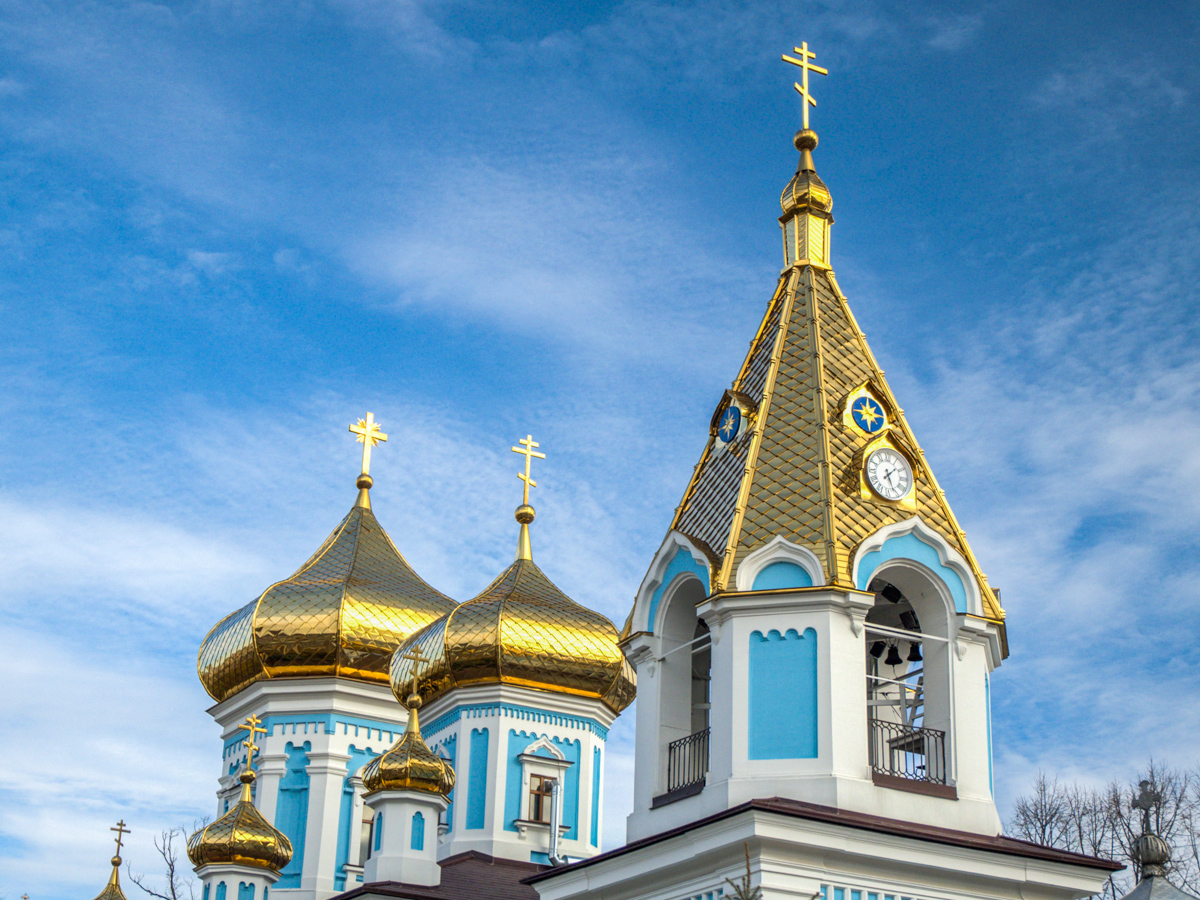
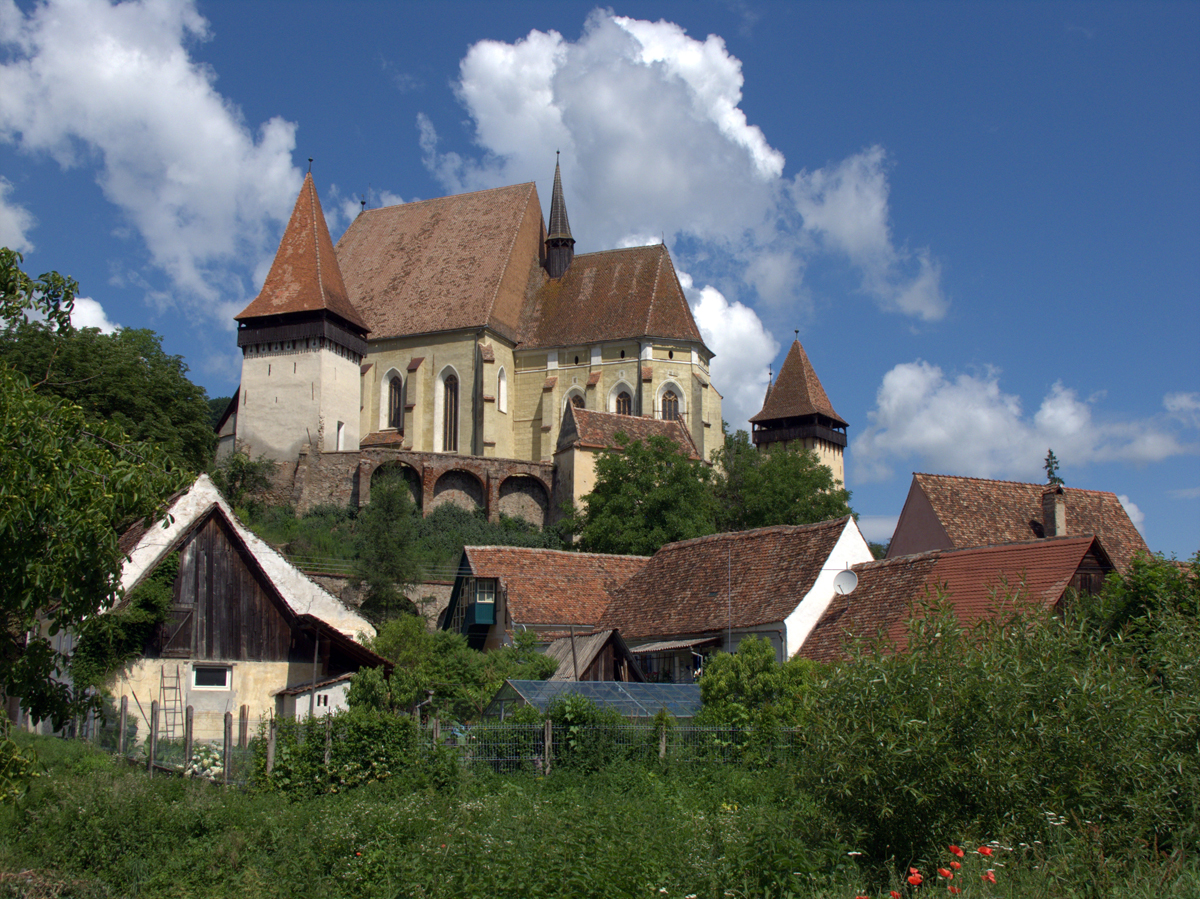
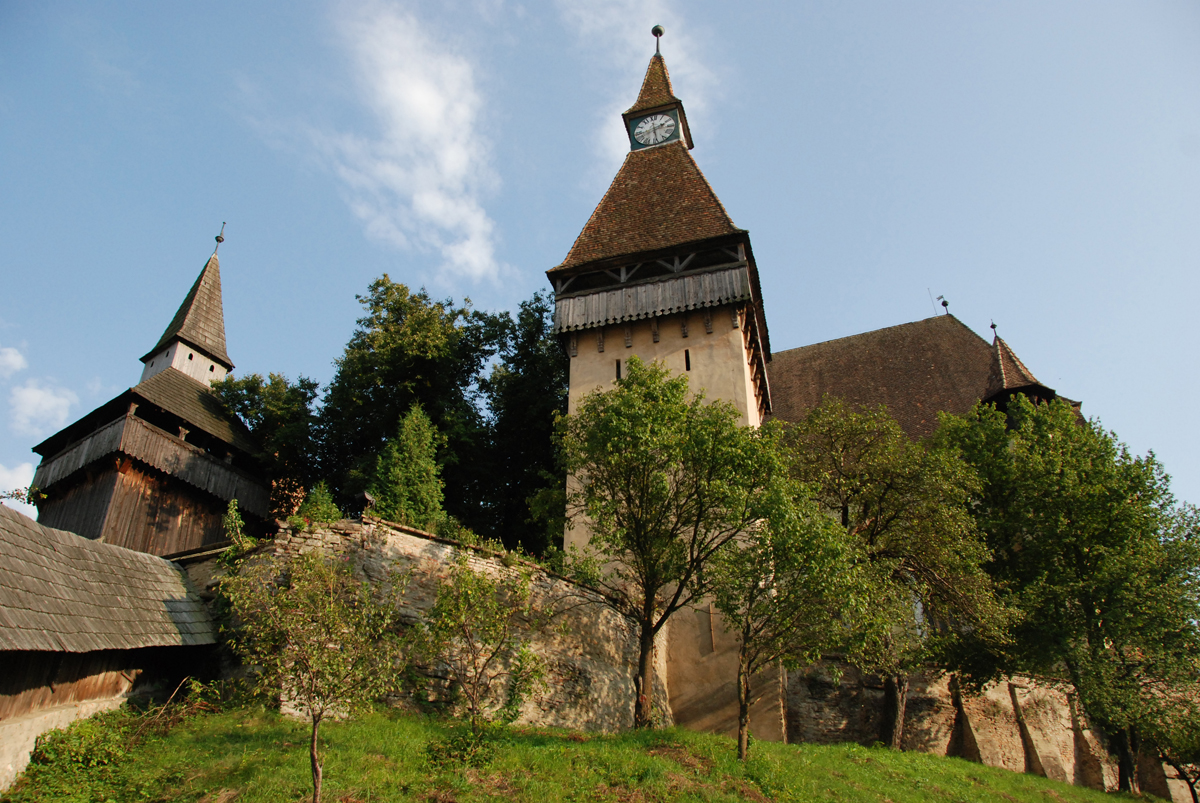

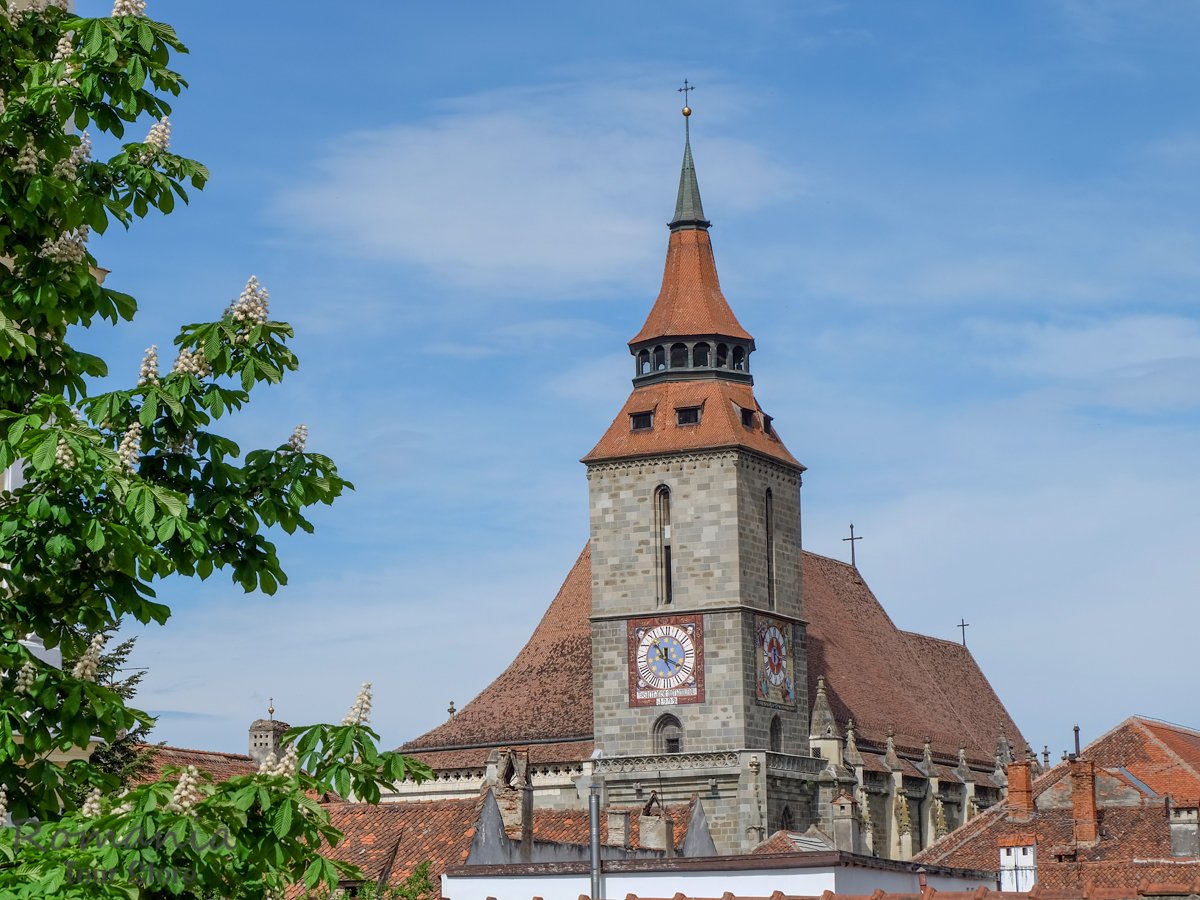
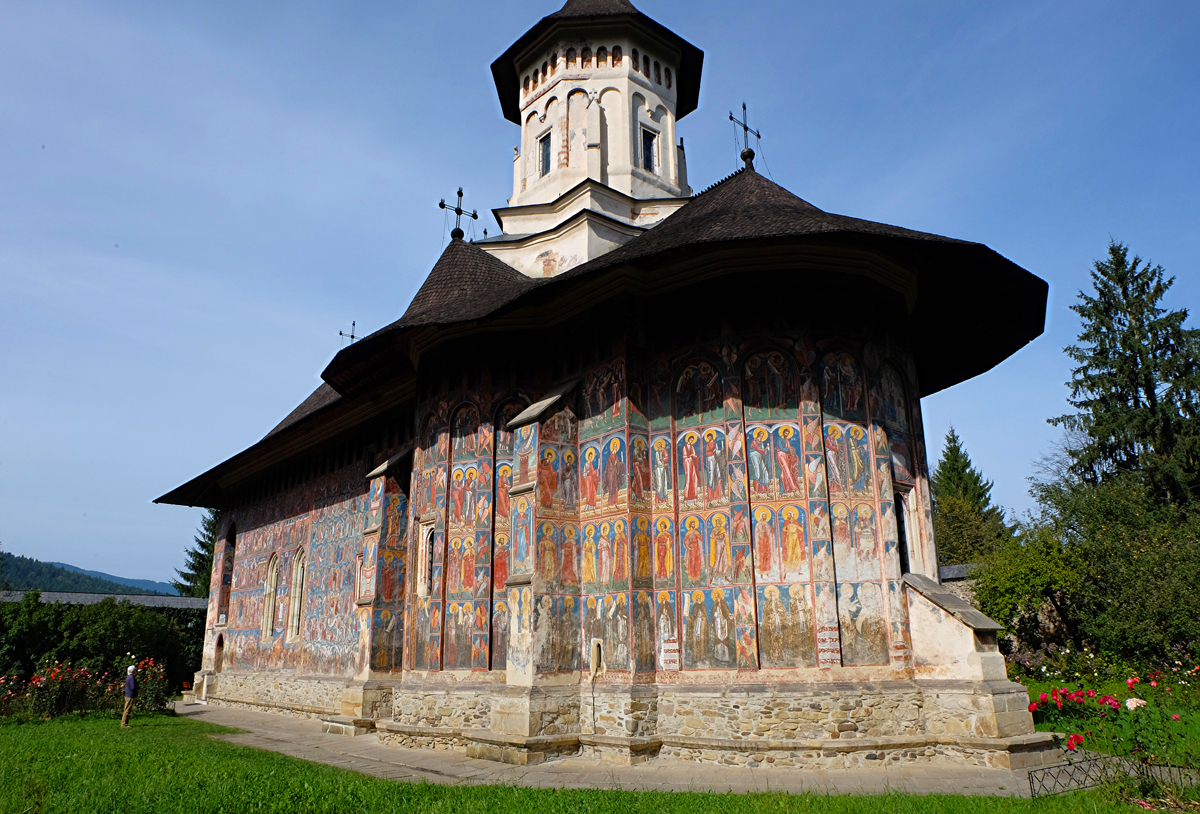
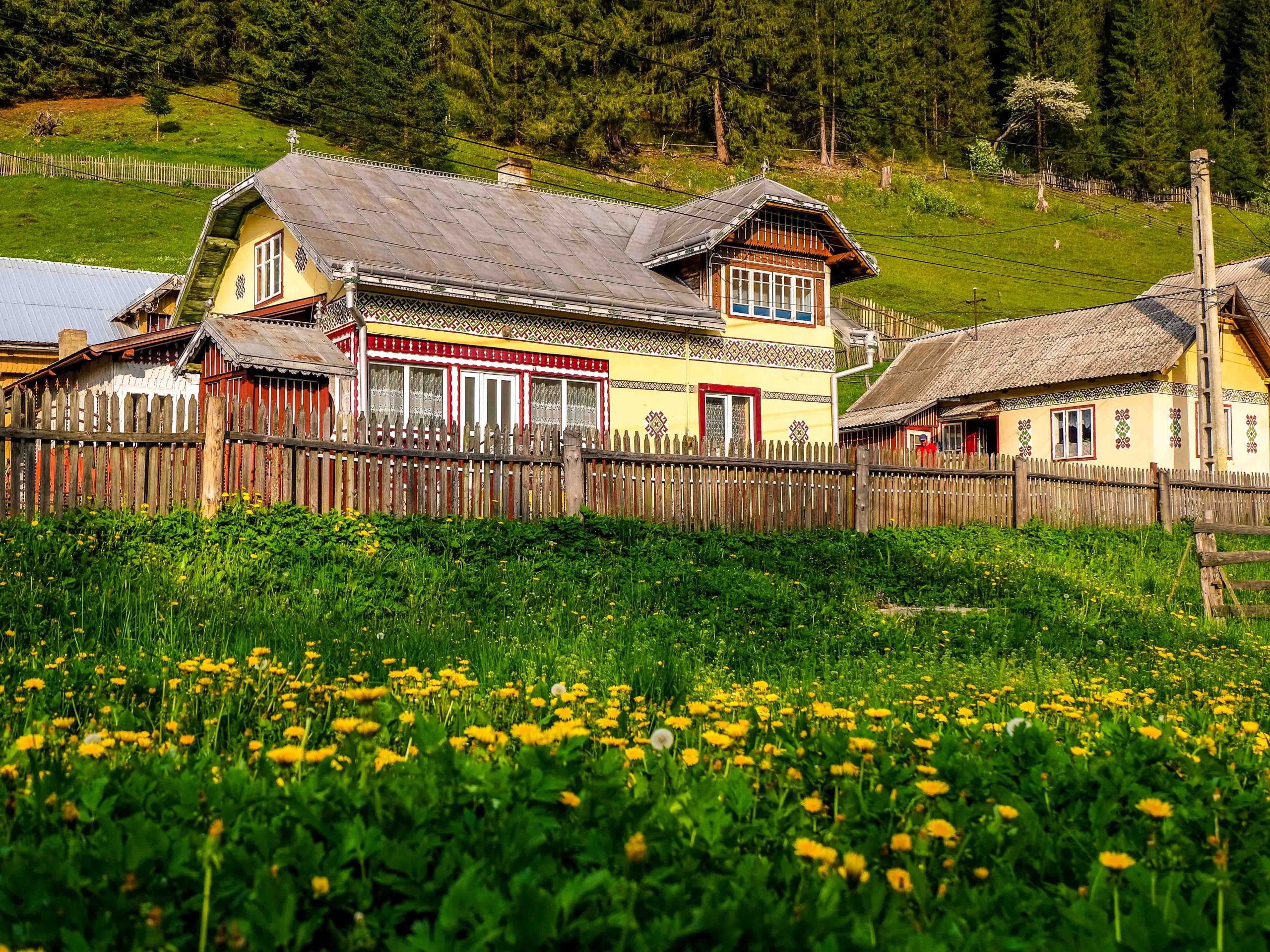
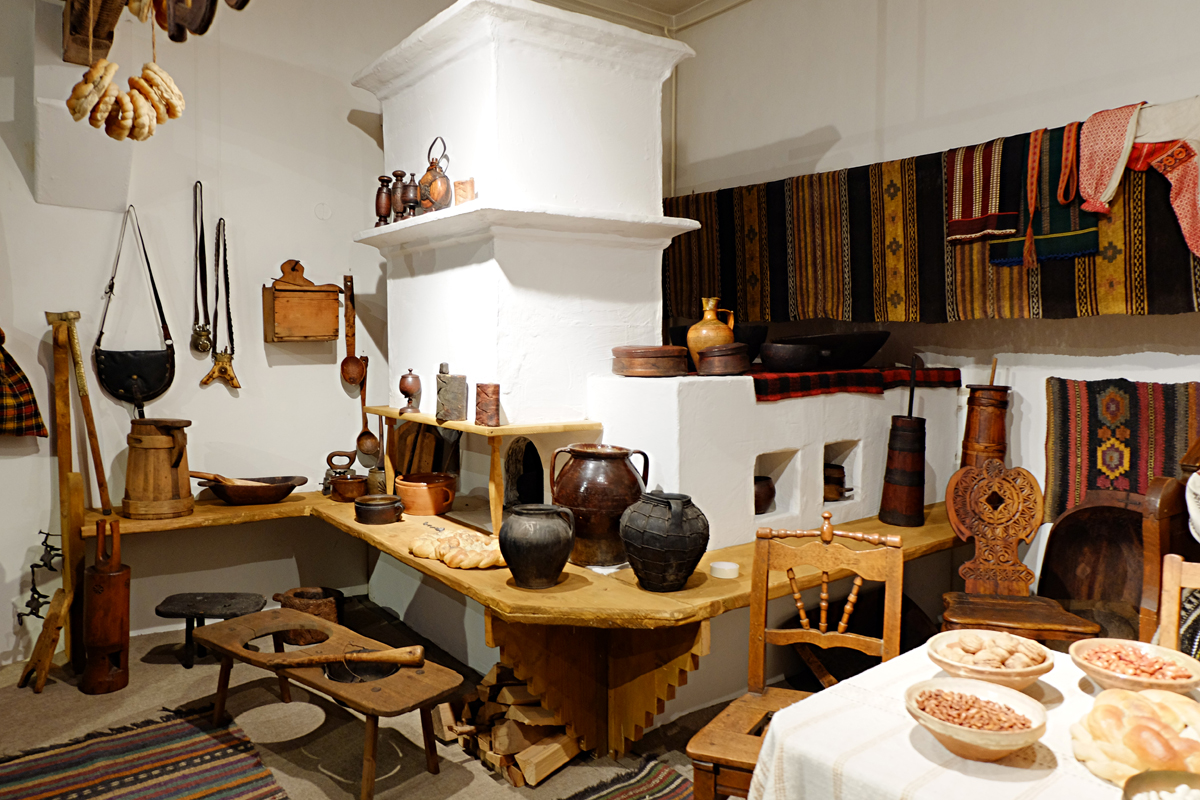

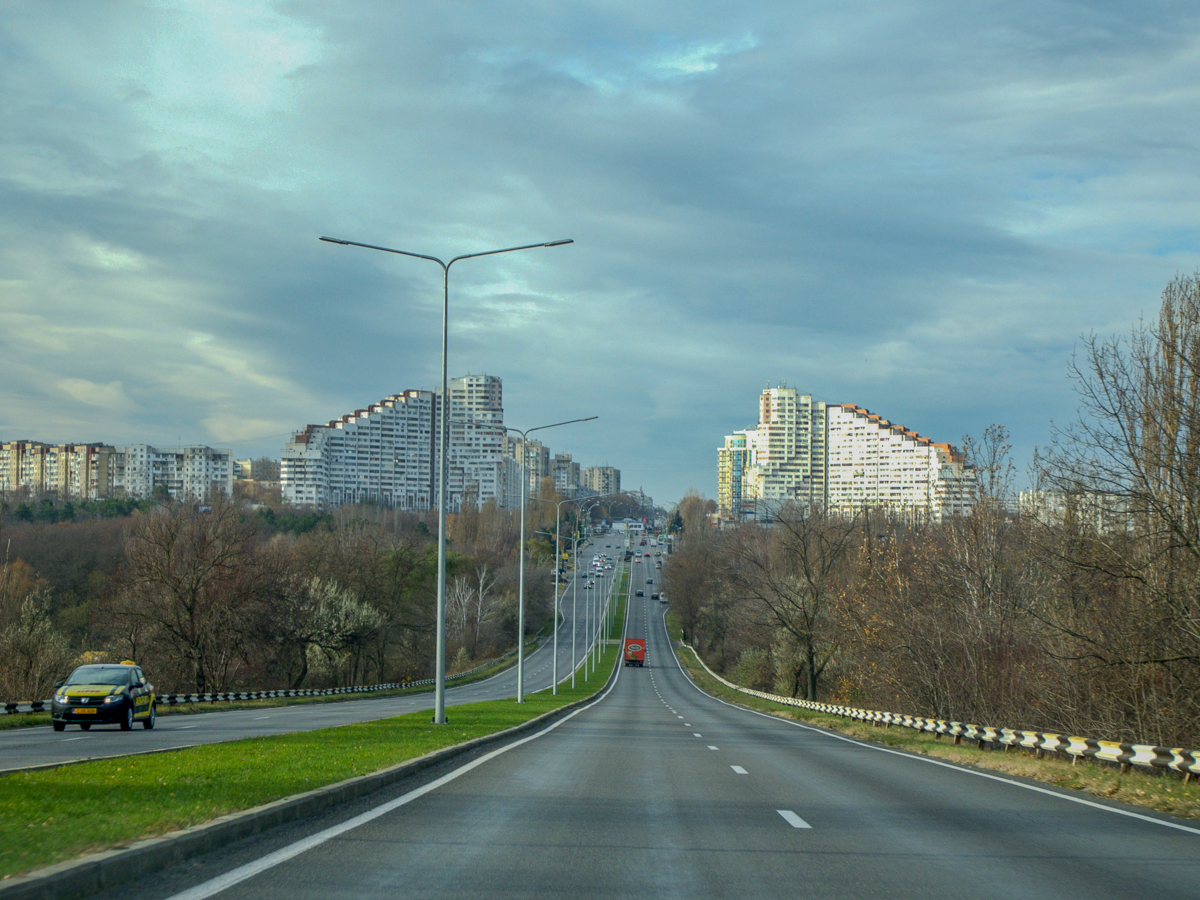
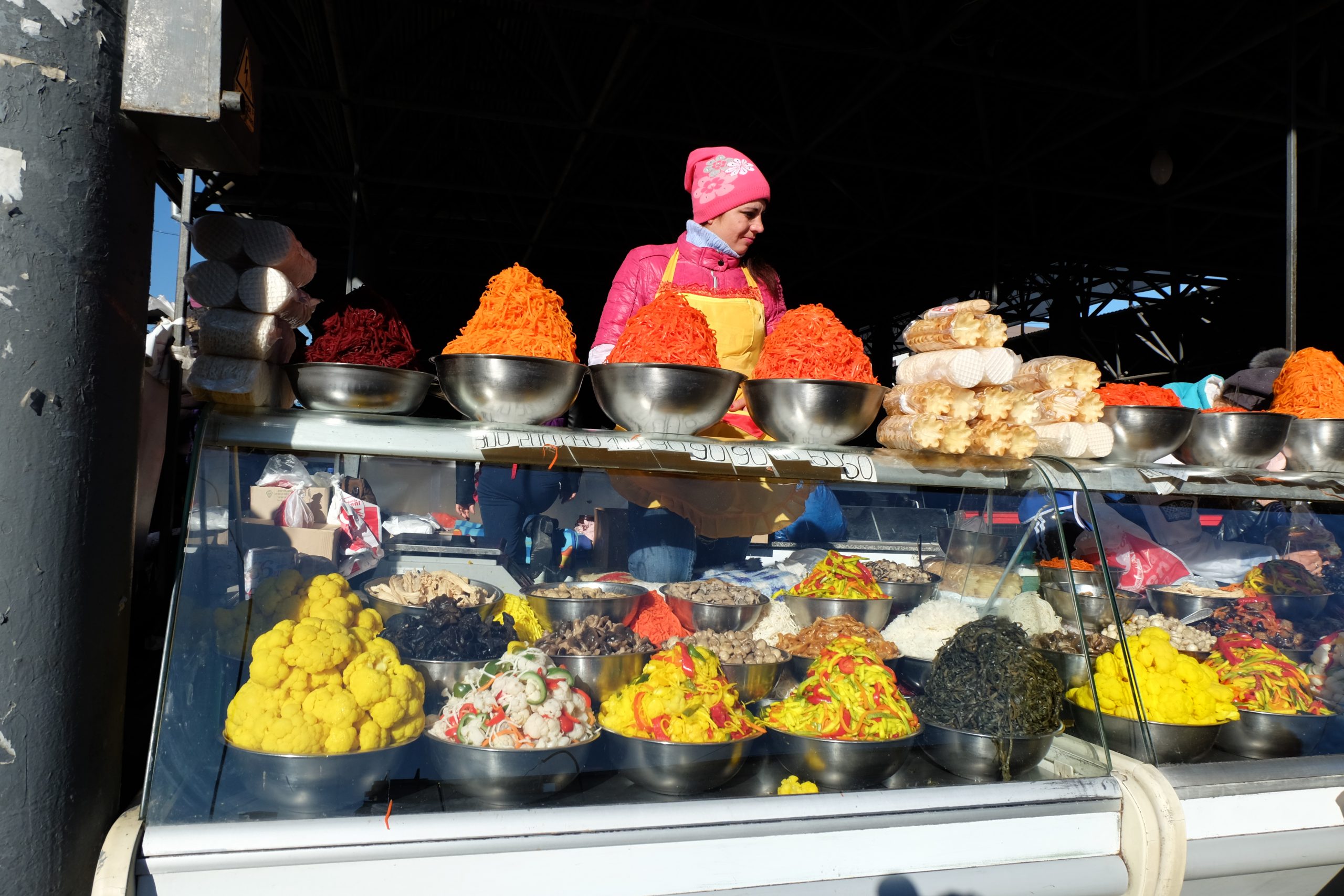
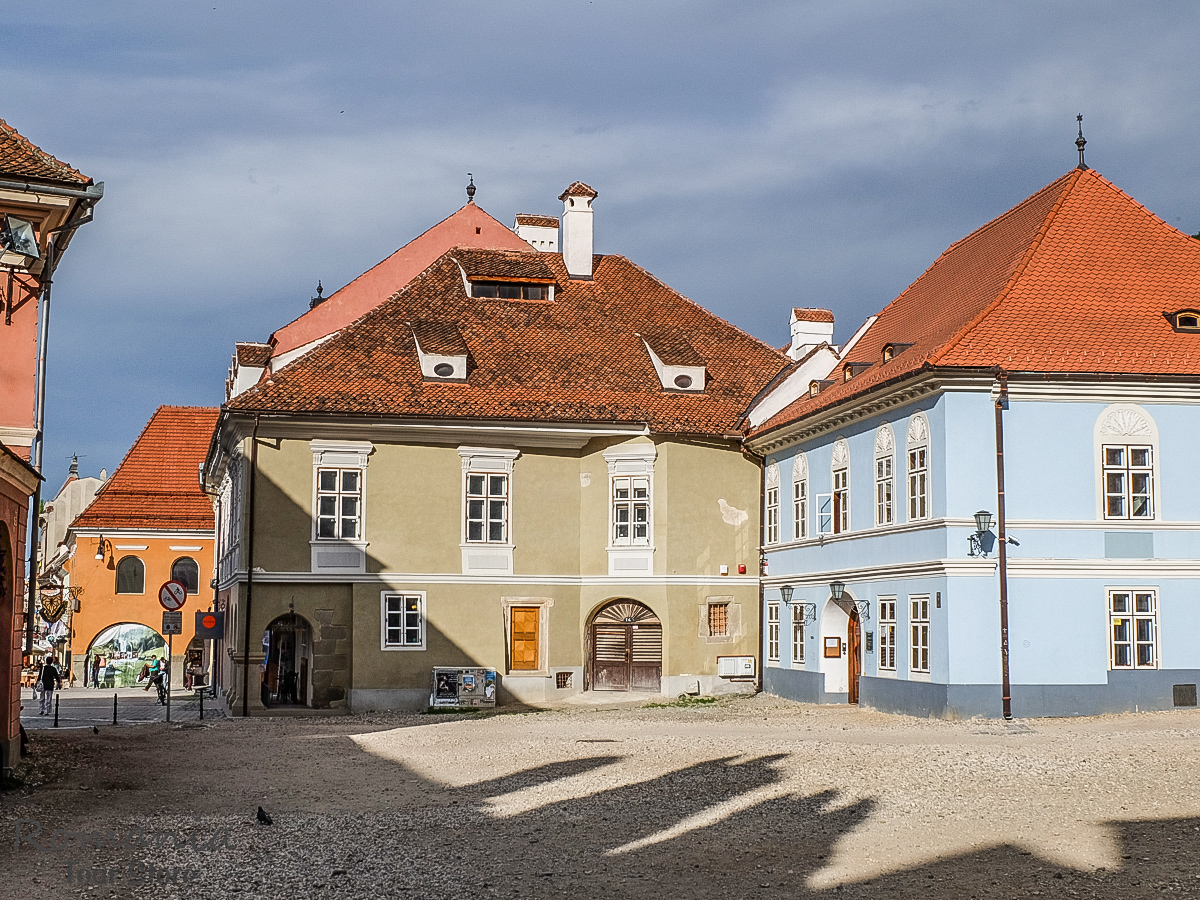


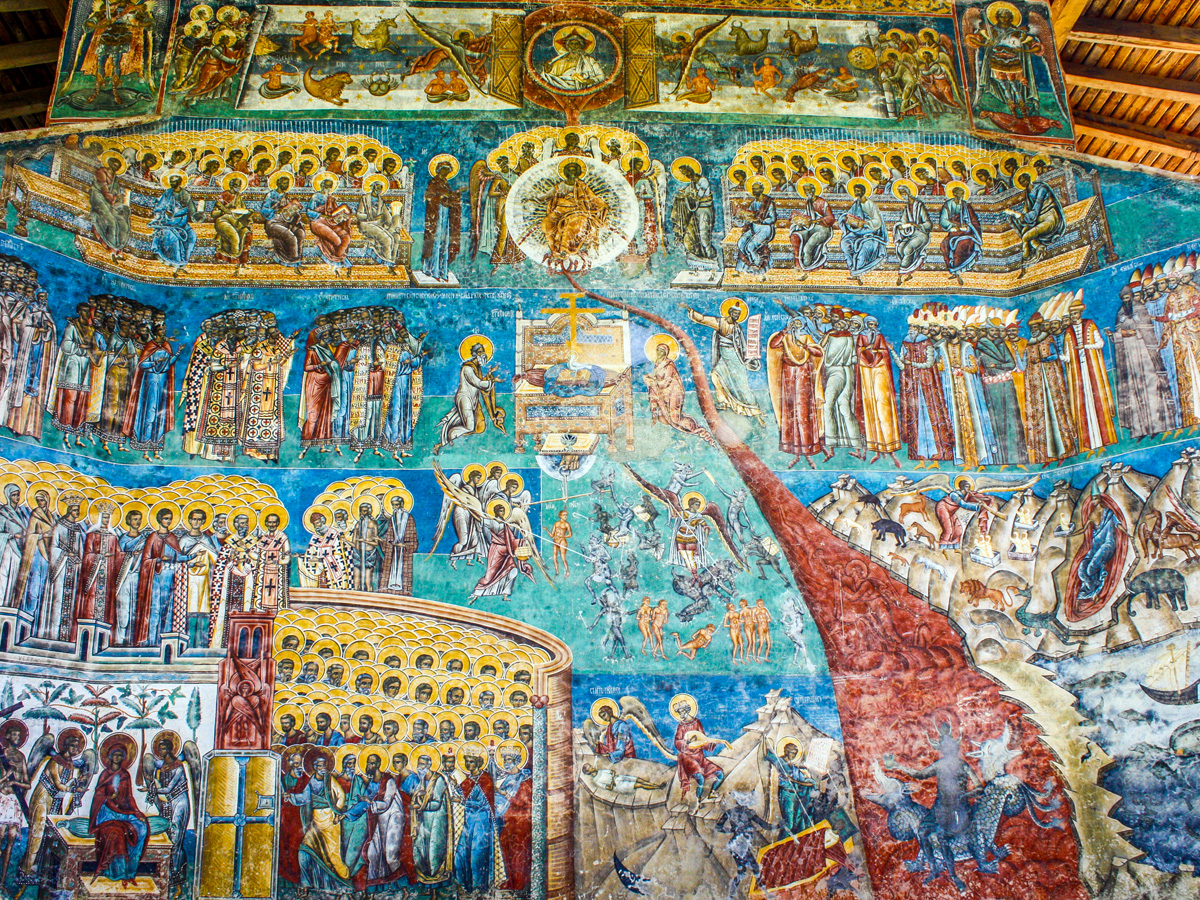
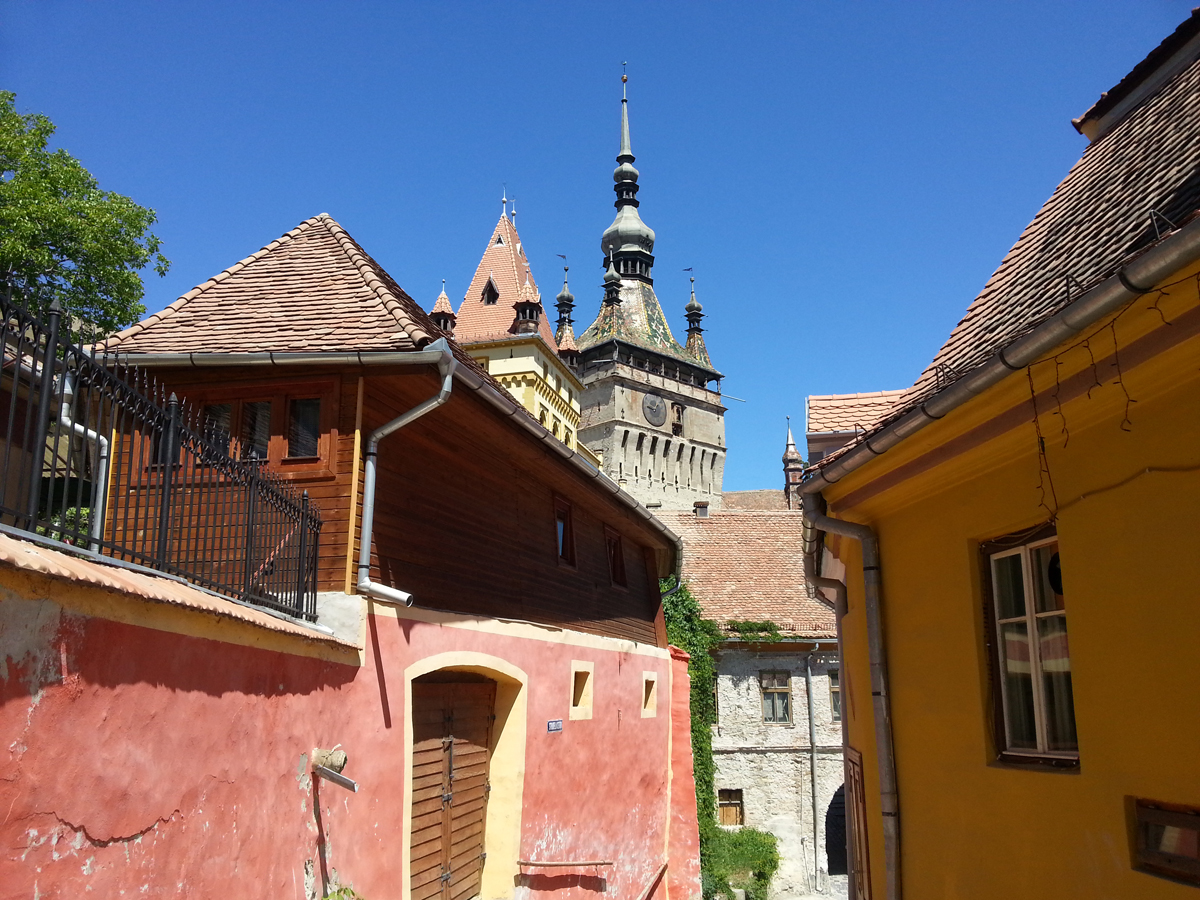
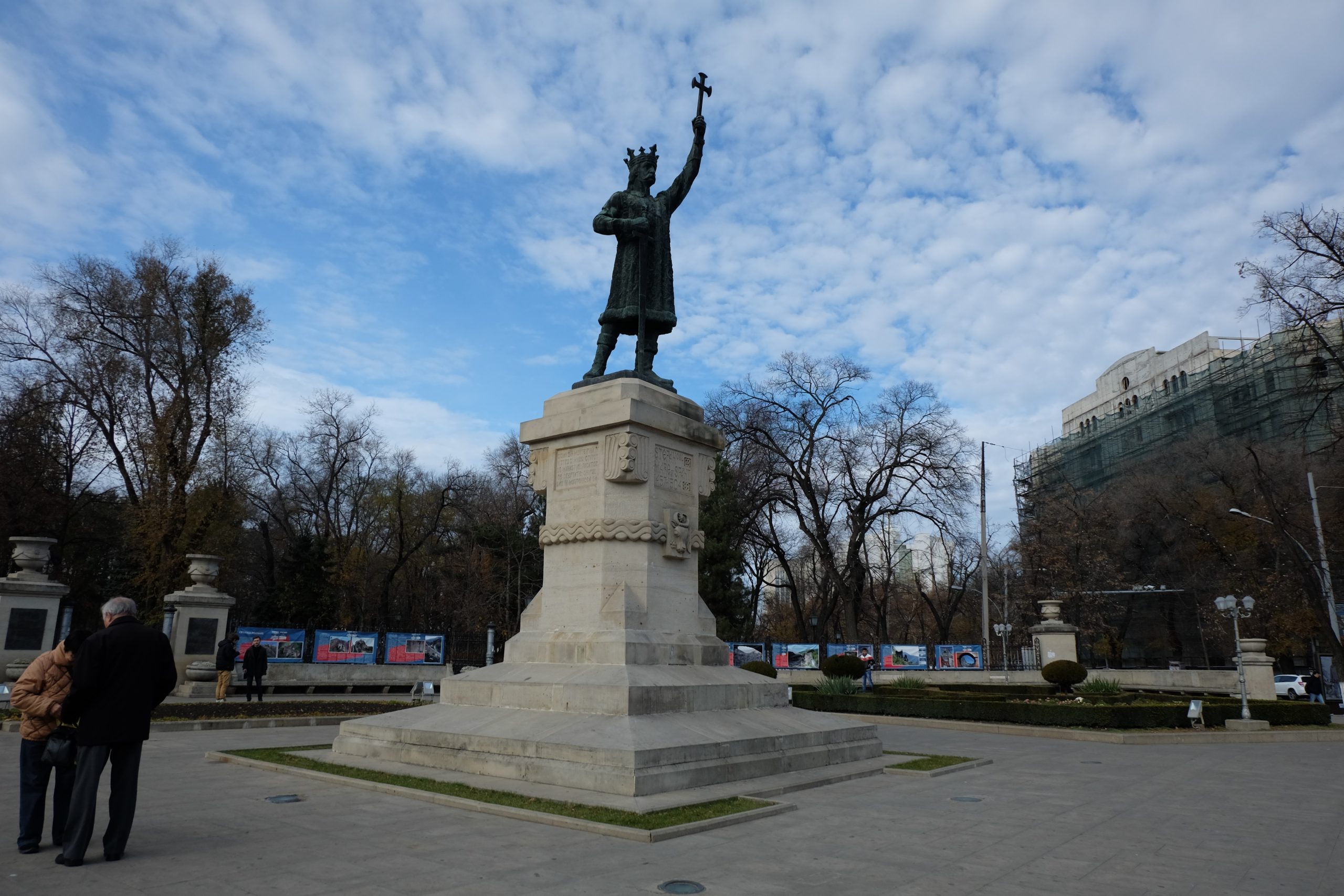
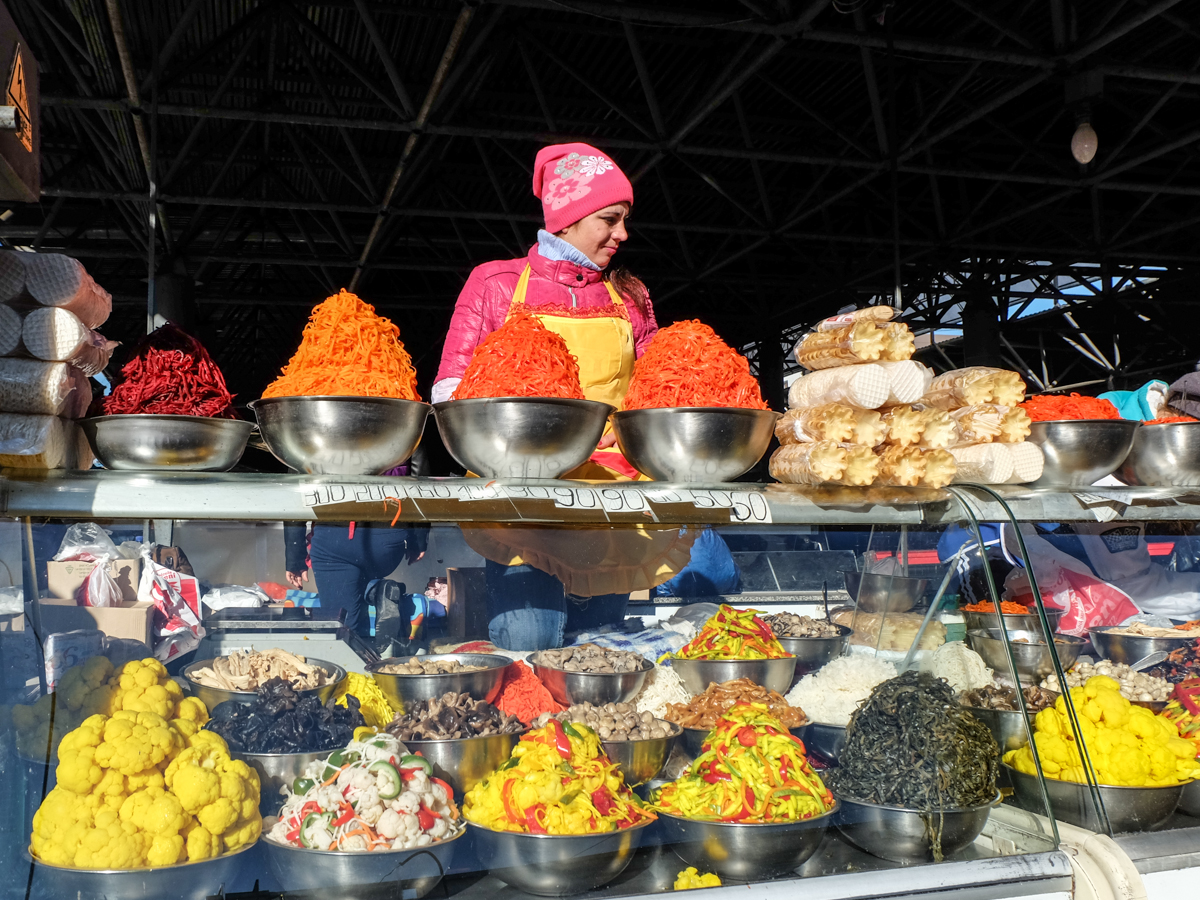
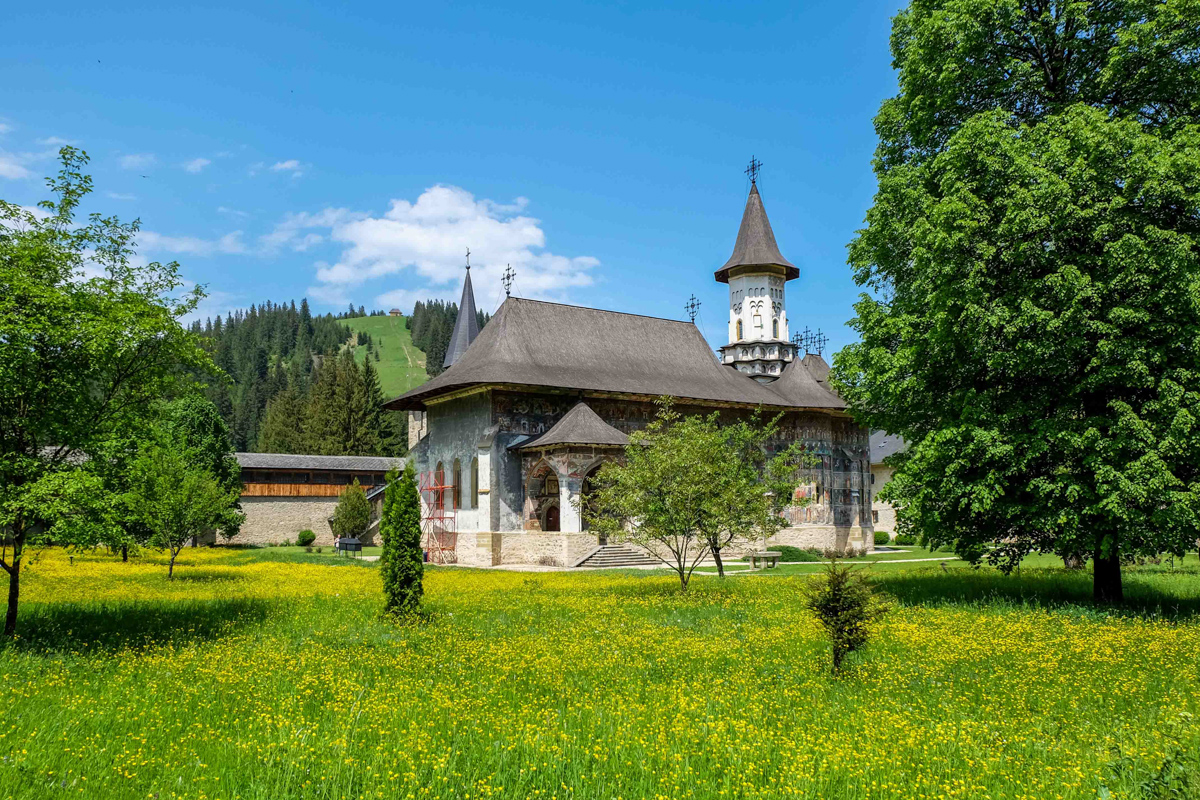
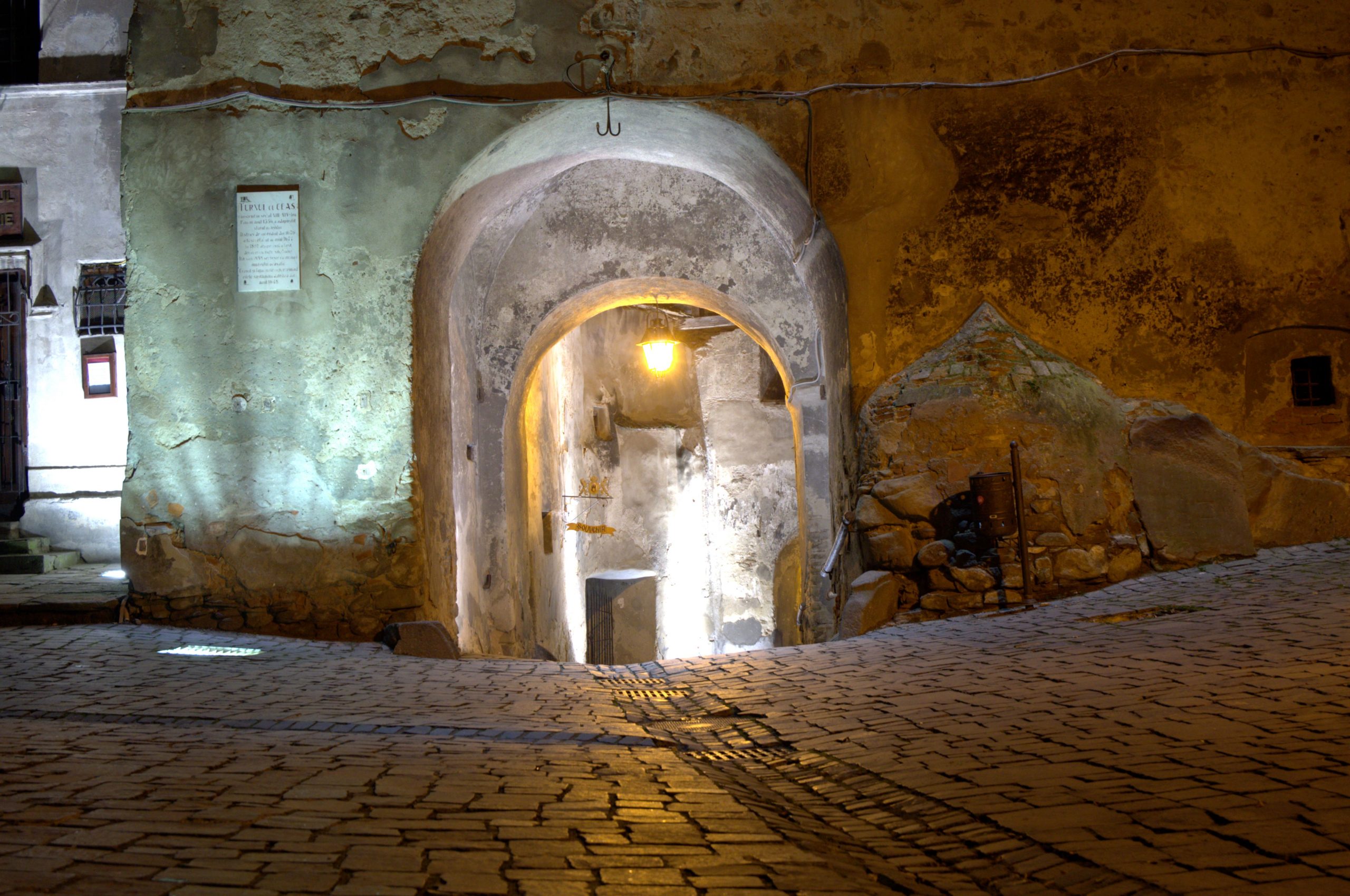
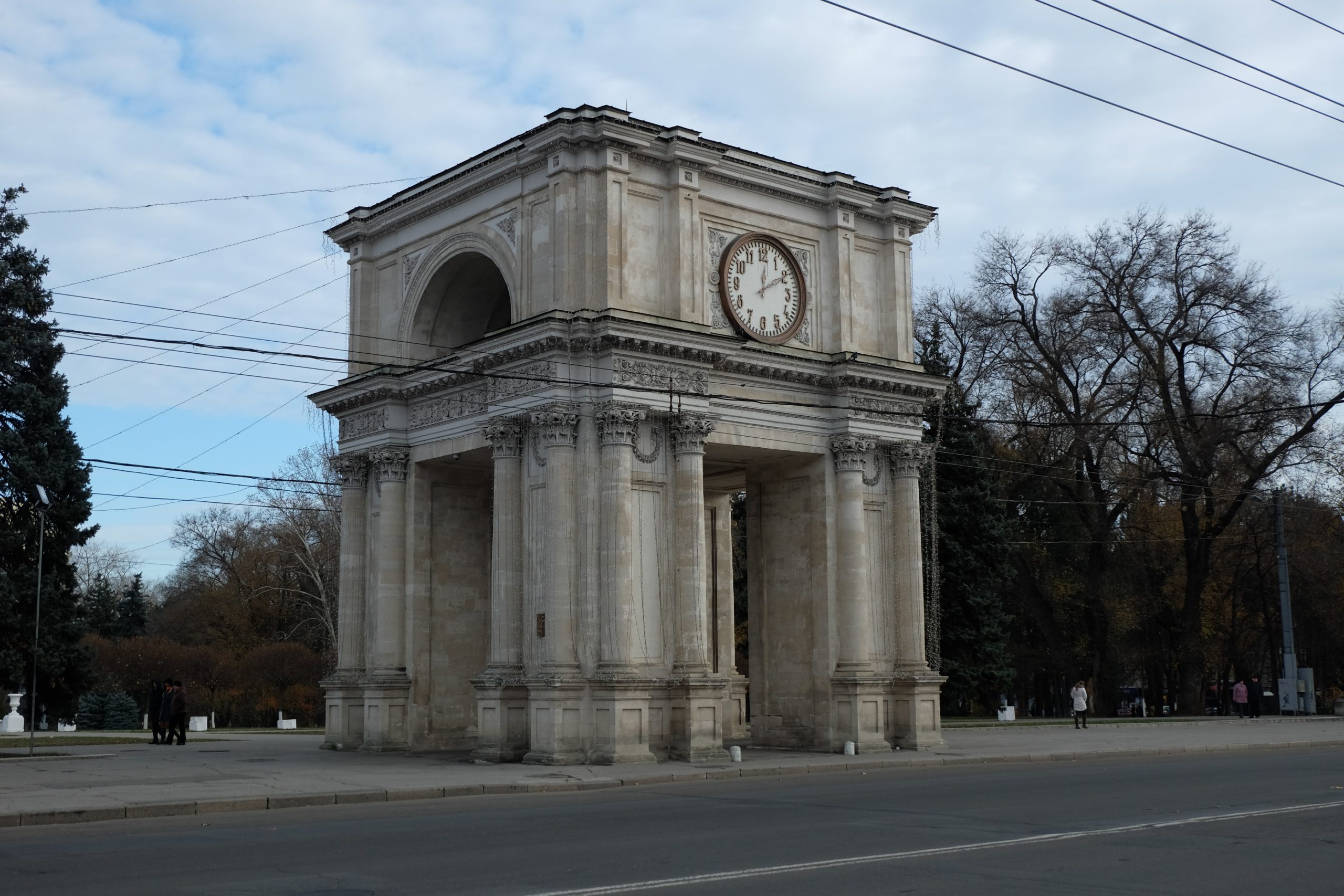
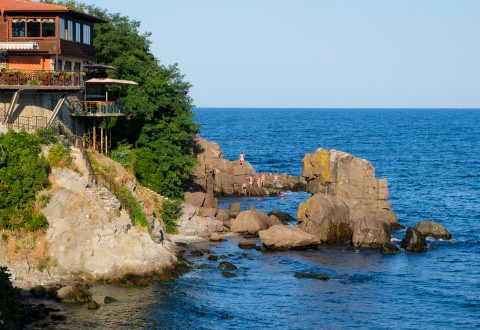
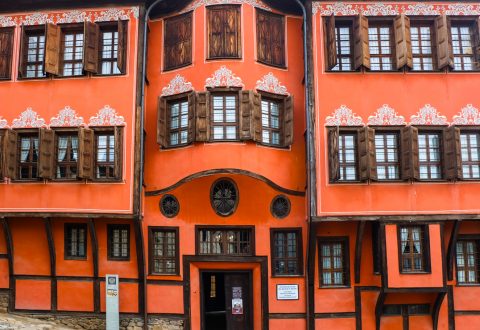
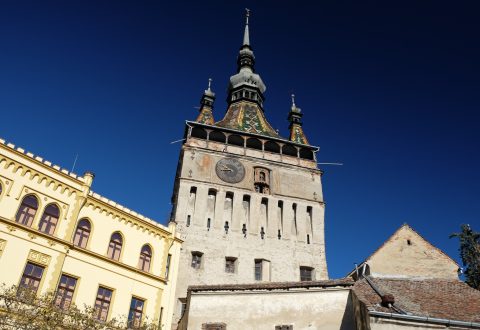




stefhani –
if i am indonesian, what visa should i apply?
RTS-Web –
Dear Stefhani, Our travel agency do not offer visa support services. Please find more details on the following link:
https://jakarta.mae.ro/en/